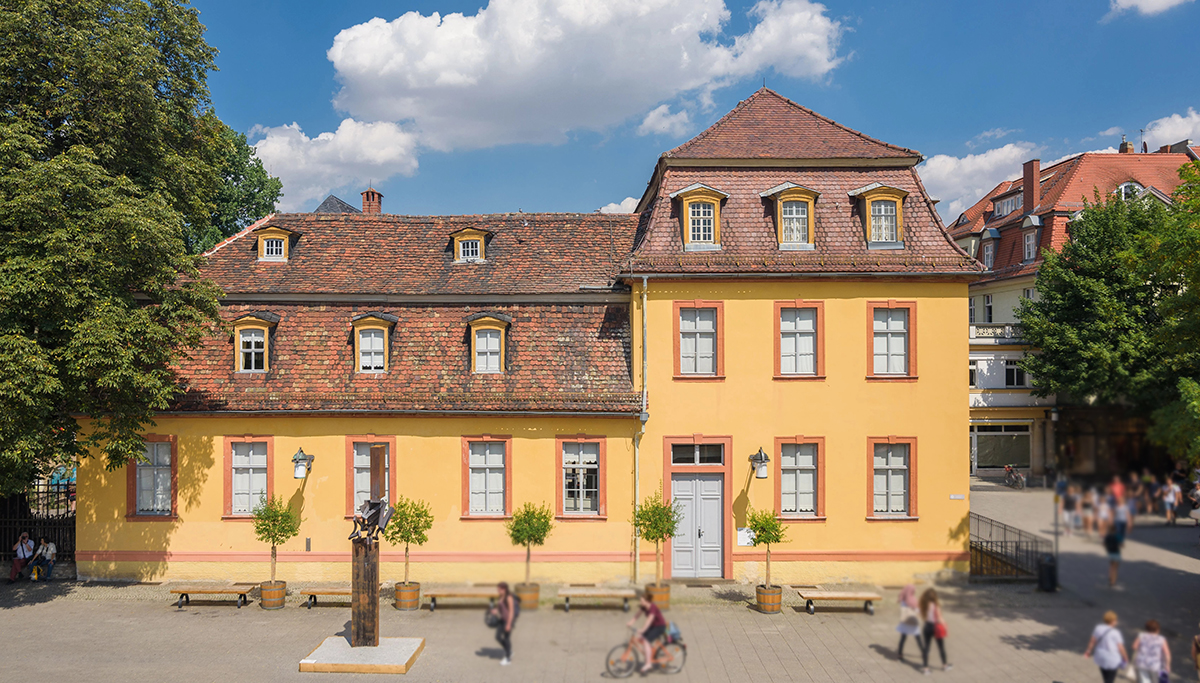Weimar ᐉ Select a line

Belvedere Express
CityTour Weimar
About Weimar
Weimar is a small town in Germany located in the state of Thuringia. Its population is 65,000 people, and the town covers an area of 84 square kilometers, divided into 12 districts. Despite its small size, Weimar has a rich history, serving as an important center for art, culture, and education. It was the home and workplace of great figures such as Goethe and Schiller, Bach and Liszt, Cranach and Kandinsky, Nietzsche, and many other renowned literary and artistic figures.
The first mention of Weimar in written sources dates back to the mid-10th century. From 946 to 1364, there existed the County of Weimar-Orlamünde. In 1573, Weimar became the capital of the Duchy of Saxe-Weimar, which later, after its union with Saxe-Eisenach in 1815, became the Grand Duchy (active until 1918). In the late 18th and early 19th centuries, Weimar gained fame as an important center of the German Enlightenment.
Weimar is rightfully considered a sacred place for German literature. This town was a residence for great writers like Goethe, who lived here for almost 50 years and spent the last years of his life, as well as Schiller, though his stay was somewhat shorter. These names are well-known to everyone. Moreover, Weimar attracted numerous other German writers and humanists, including Herder, Wieland, and many others. The city also had an influence on the work of great composers like Johann Sebastian Bach and Franz Liszt, as well as artists like Lucas Cranach and his school. It's important to note that it was in Weimar in 1919 that the influential Bauhaus school of art, architecture, and design of the 20th century was founded. You can learn more about Bauhaus in our section on Berlin's landmarks. Weimar truly abounds with "great" names, which led to its designation as the Cultural Capital of Europe in 1997. The city looks like a living museum of German classics, thanks to significant investments in the restoration of its architectural heritage and numerous museums.
In 1919, Weimar was where Germany's new constitution was adopted during the National Constituent Assembly, and this period in Germany's history from 1919 to 1933 is known as the Weimar Republic.
In 1920, Weimar became a part of the newly established state of Thuringia and served as its capital (a status it held until 1946 when Erfurt became Thuringia's capital).
However, Weimar's history was marred by dark events after Adolf Hitler came to power. In 1937, the Buchenwald concentration camp was established near the city. Buchenwald was one of the largest concentration camps in Germany, where, according to various estimates, between 50,000 and 150,000 people died from the late 1930s to 1945 among a total of 250,000 prisoners. After the arrival of Soviet troops in Weimar, an internment camp was organized, and over five years, 7,113 people died there.
In 1949, Weimar became a part of the German Democratic Republic (East Germany). Since 1952, it was part of the administrative district of Erfurt.
From 1990, after the reunification of Germany, Weimar once again became a part of the federal state of Thuringia.
In the 19th century, a new breed of dog, the Weimaraner, was developed here.
Sights Weimar
-
Albert Schweitzer Denkmal

-
Altenburg (Franz Liszt)

-
Atrium & ehemaliges Gauforum
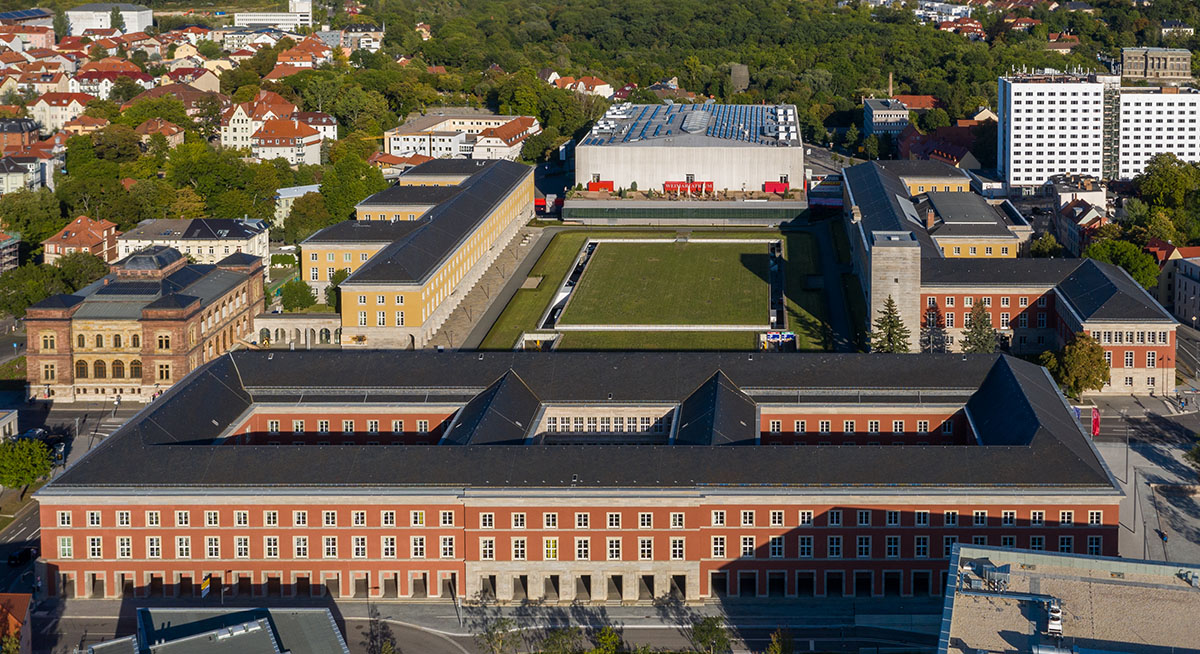
-
Bauhaus Universität (Henry van de Velde)
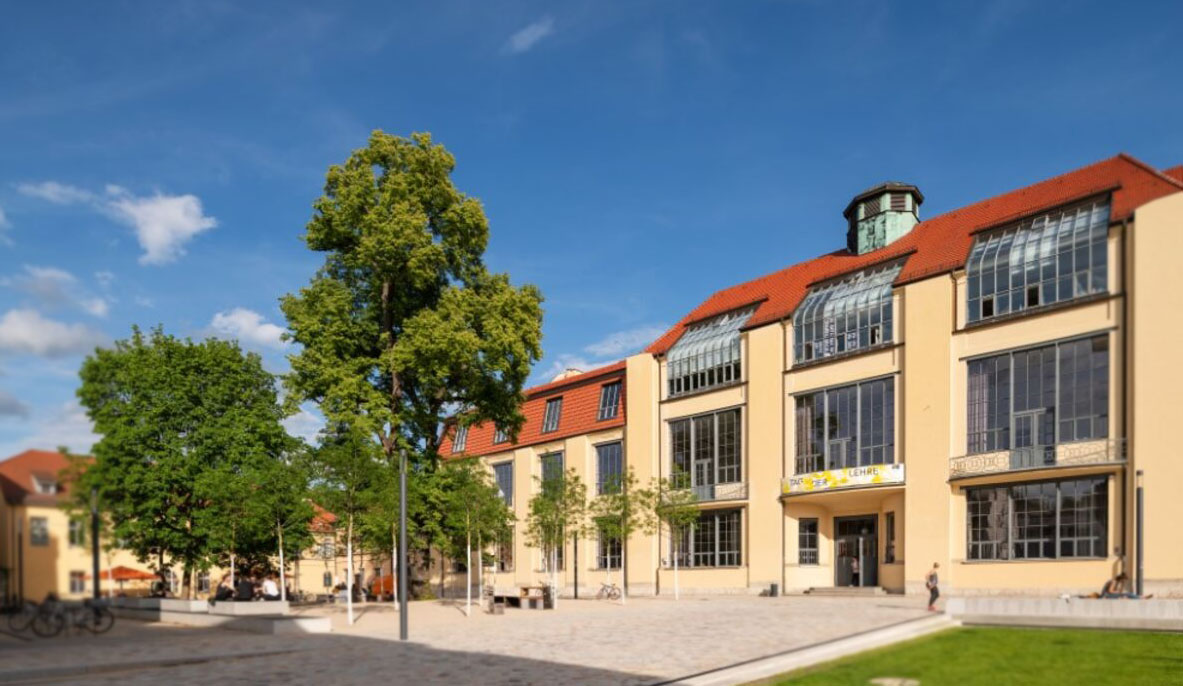
-
Bauhaus: Haus am Horn

-
Carl Heinrich Ferdinand Streichhan-Kaserne
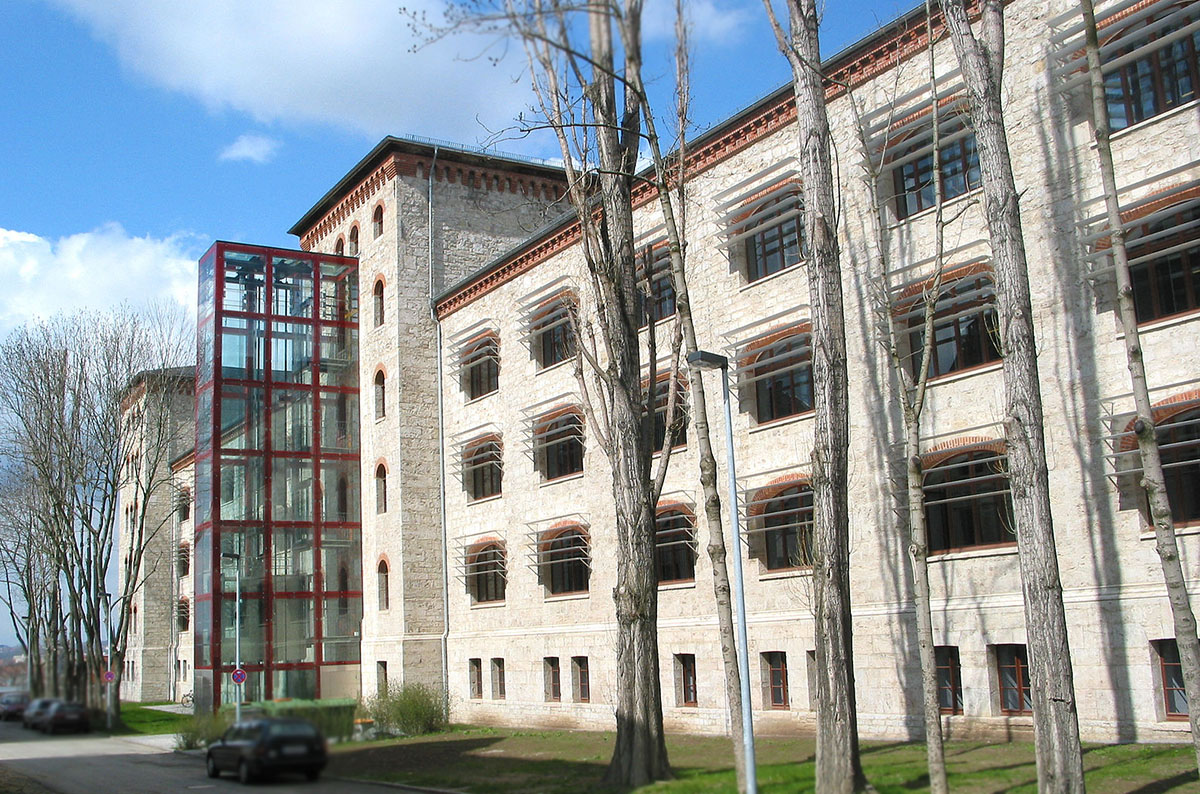
-
Cranachhaus
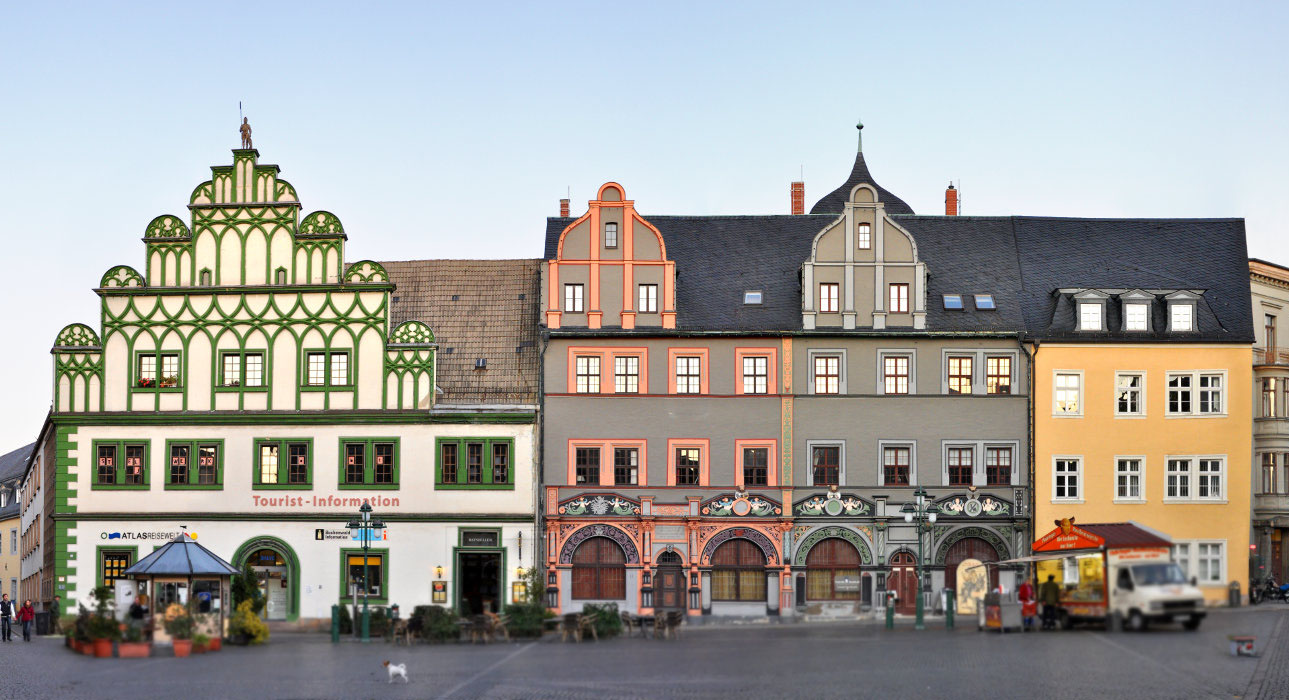
-
Denkmal Nepomuk Hummel

-
Denkmal Nepomuk Hummel und katholische Kirche
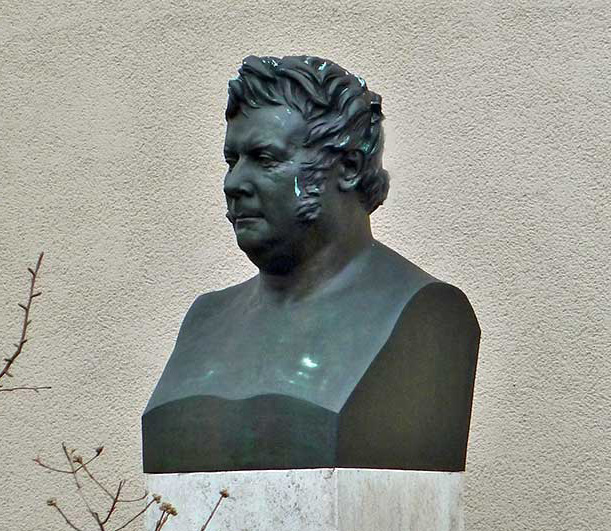
-
Deutsches Nationaltheater Goethe & Schiller Denkmal

-
Ginkgobaum
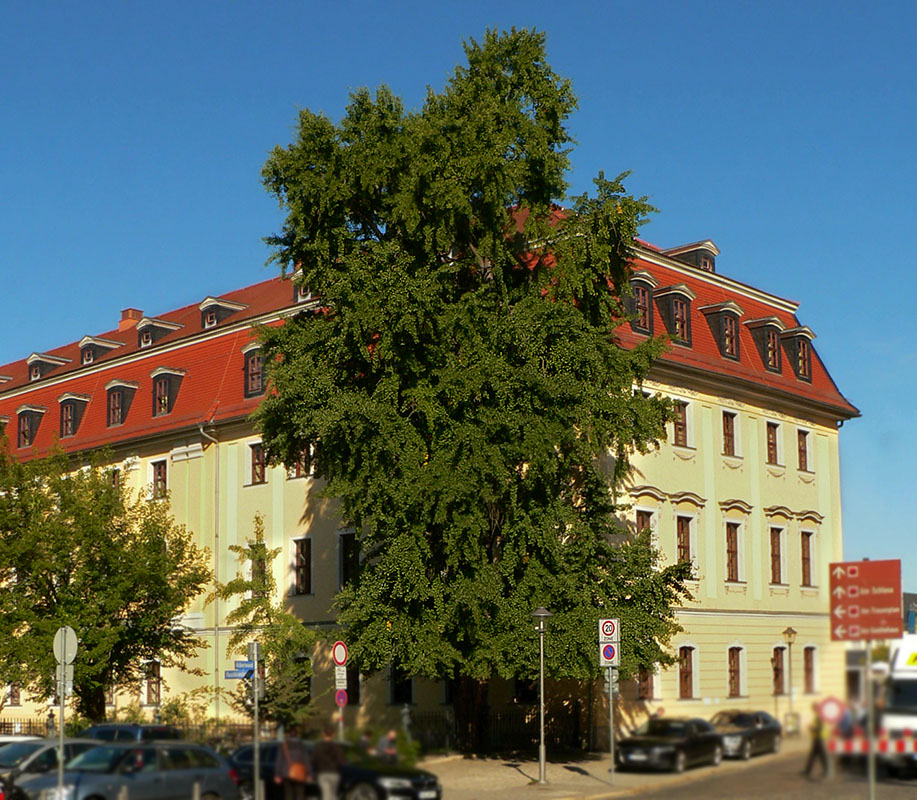
-
Goethe- & Schillerarchiv
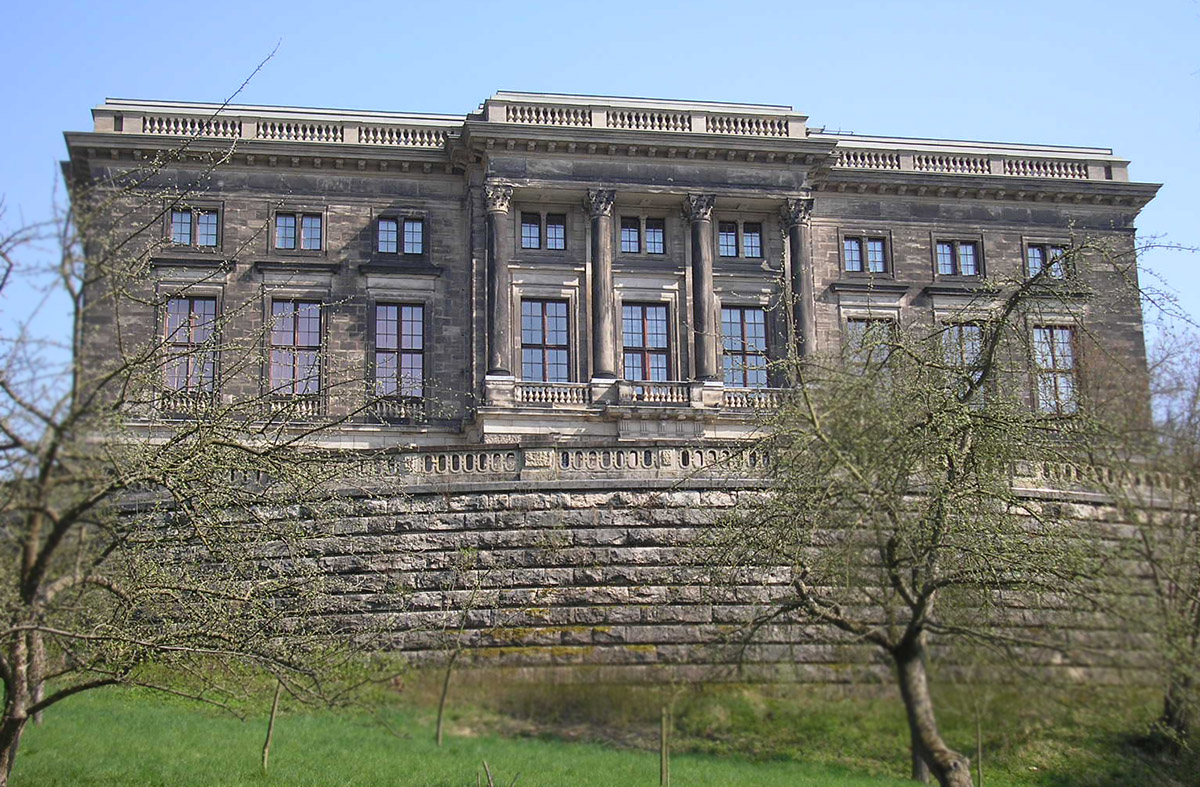
-
Goetheplatz mit Kasseturm & Stadtmauer

-
Goethes Wohnhaus
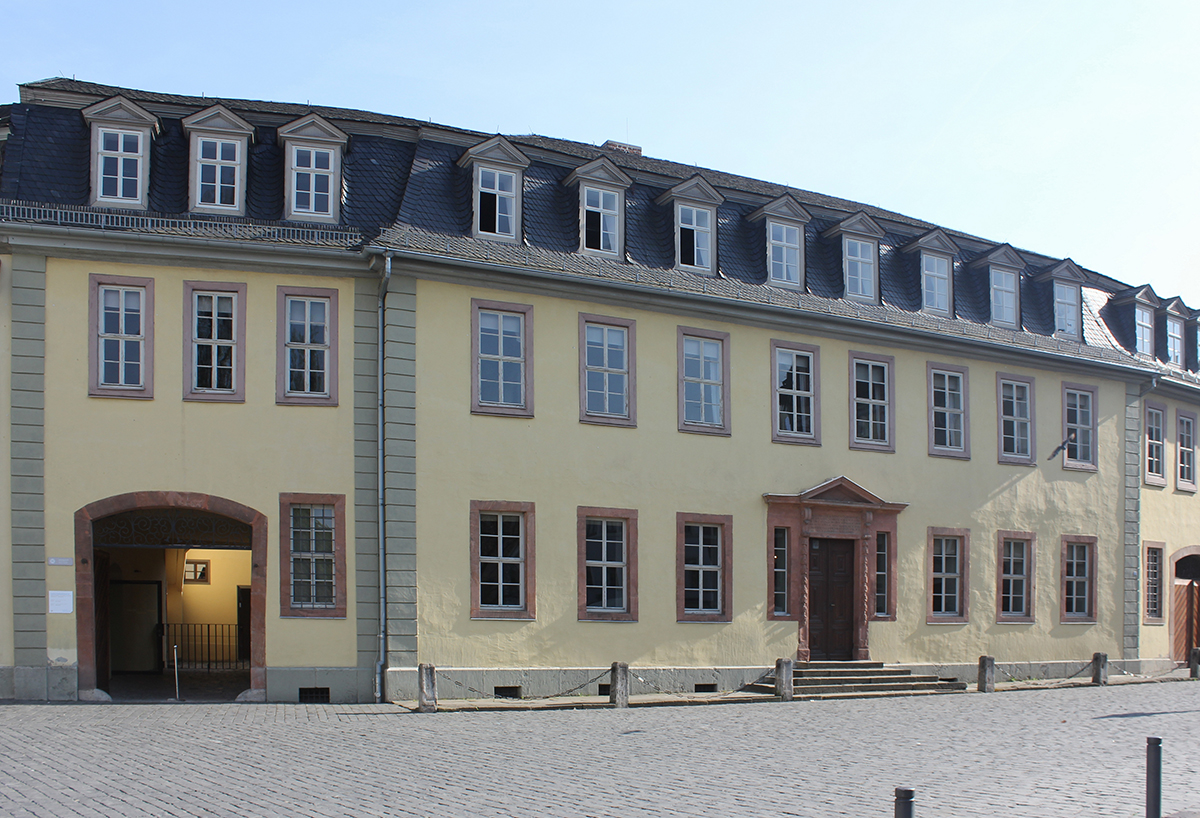
-
Haus am Horn
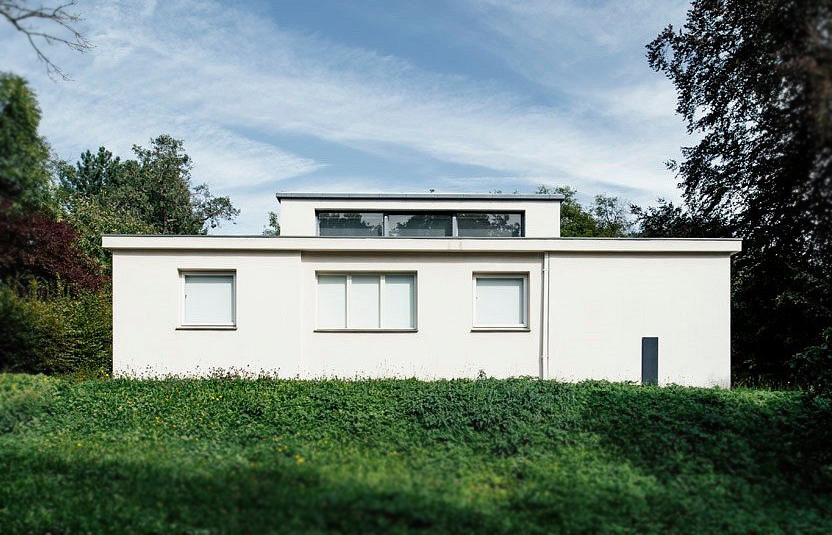
-
Haus der Charlotte von Stein
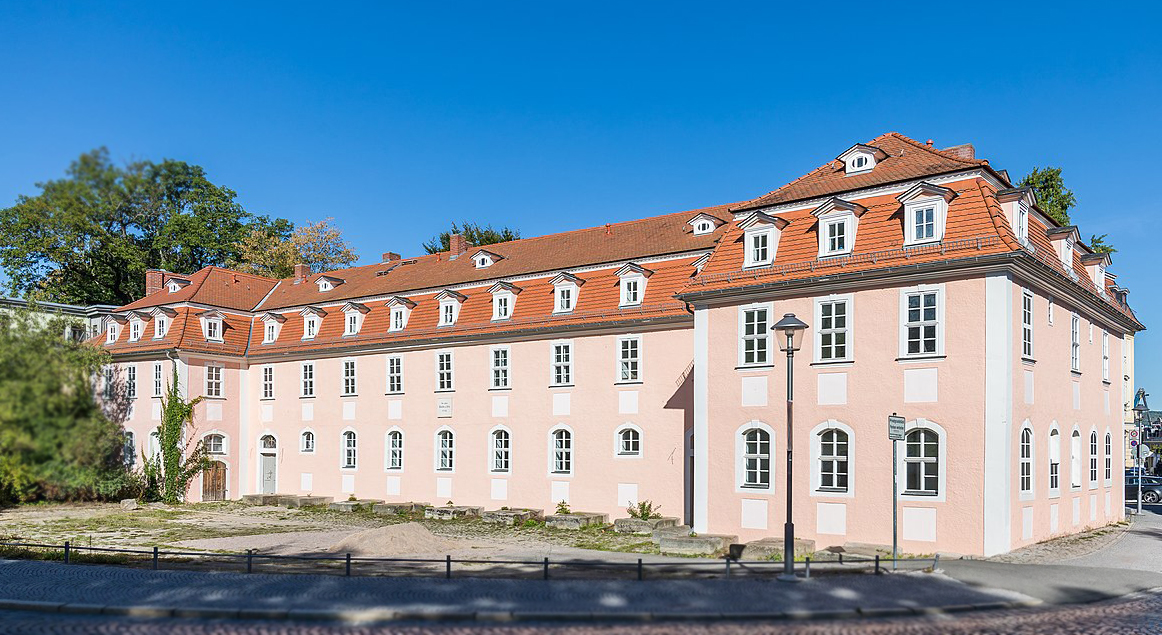
-
Herderplatz & Kirche St. Peter und Paul
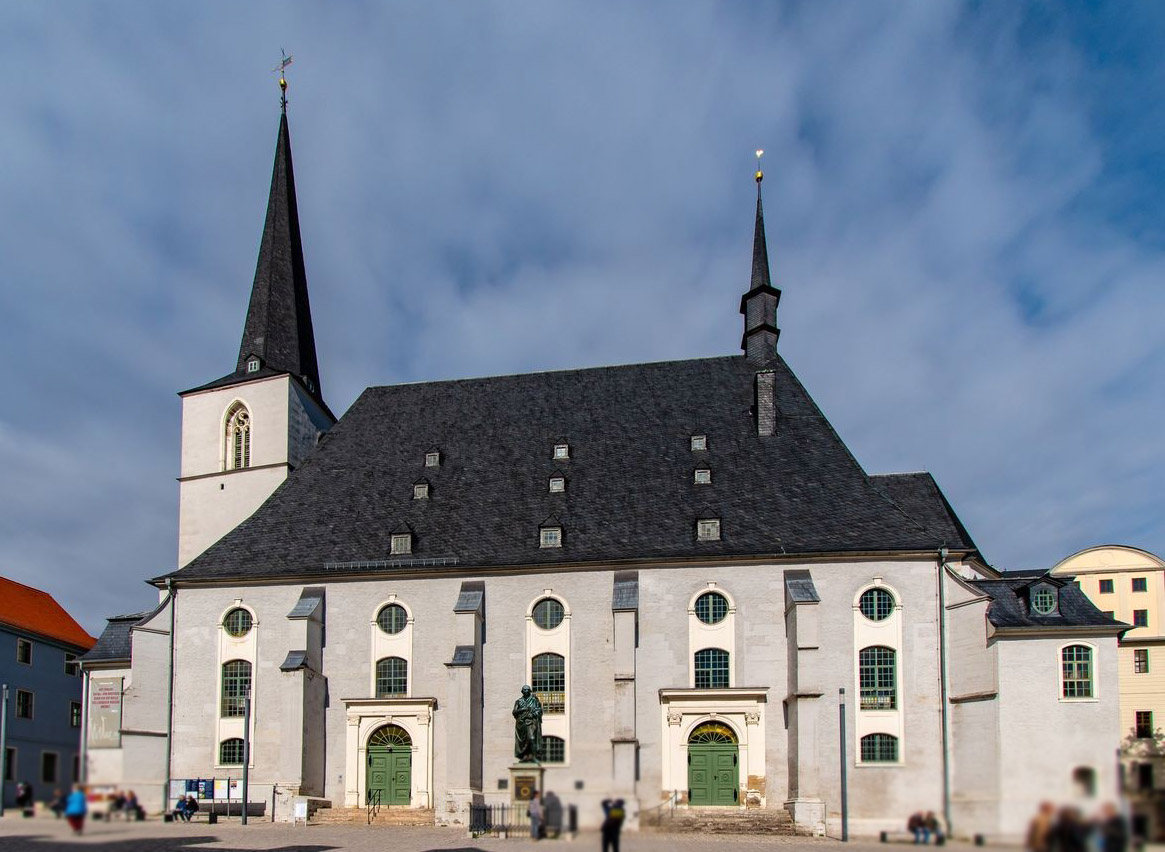
-
Herzogin Anna-Amalia-Bibliothek

-
Historischer Friedhof

-
Hochschule für Musik Franz Liszt (Fürstenhaus)
-
J. G. Herder, Kirche St. Peter und Paul

-
J. S. Bach in Weimar & Bachtafel
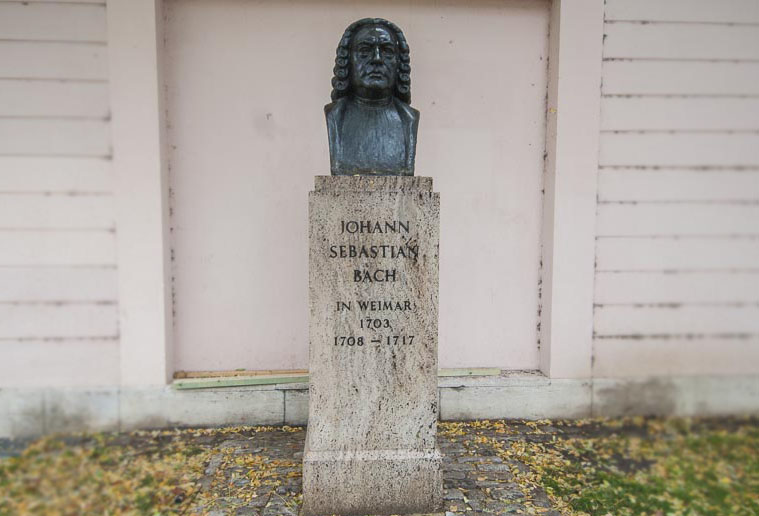
-
Katholische Kirche

-
Landesmuseum
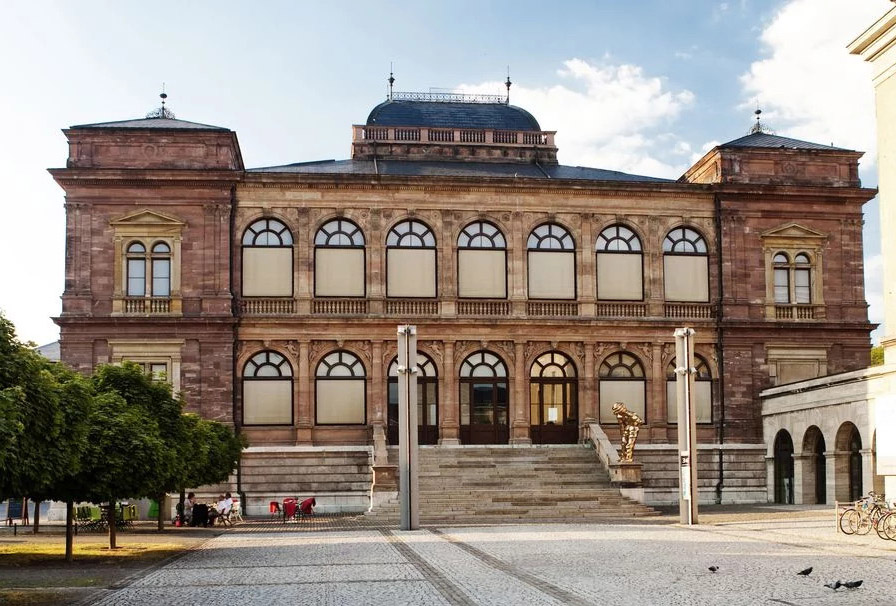
-
Liszthaus & Liszt in Weimar
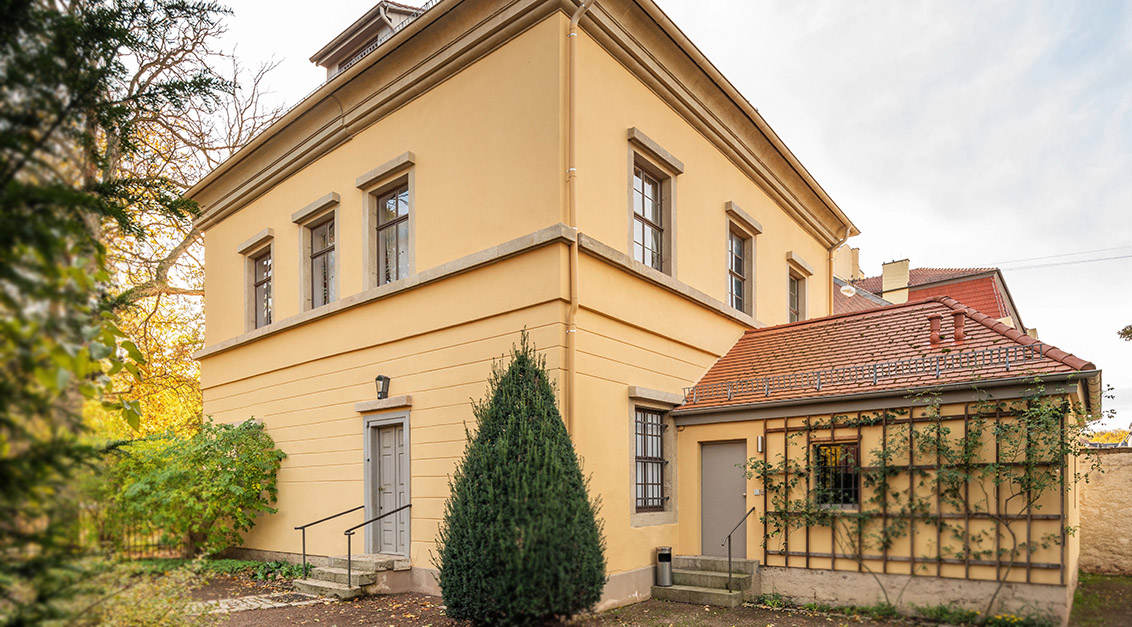
-
Markt
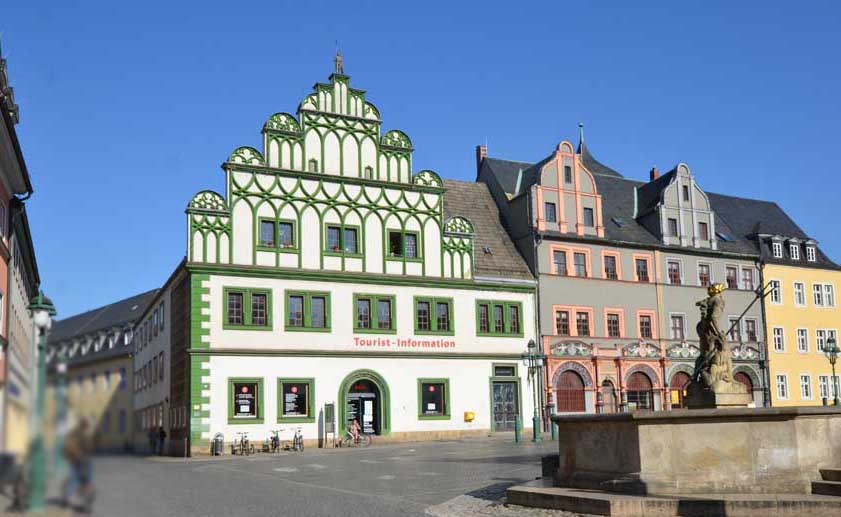
-
Marktplatz, J. S. Bach

-
Marktplatz, Rathaus, Cranachhaus
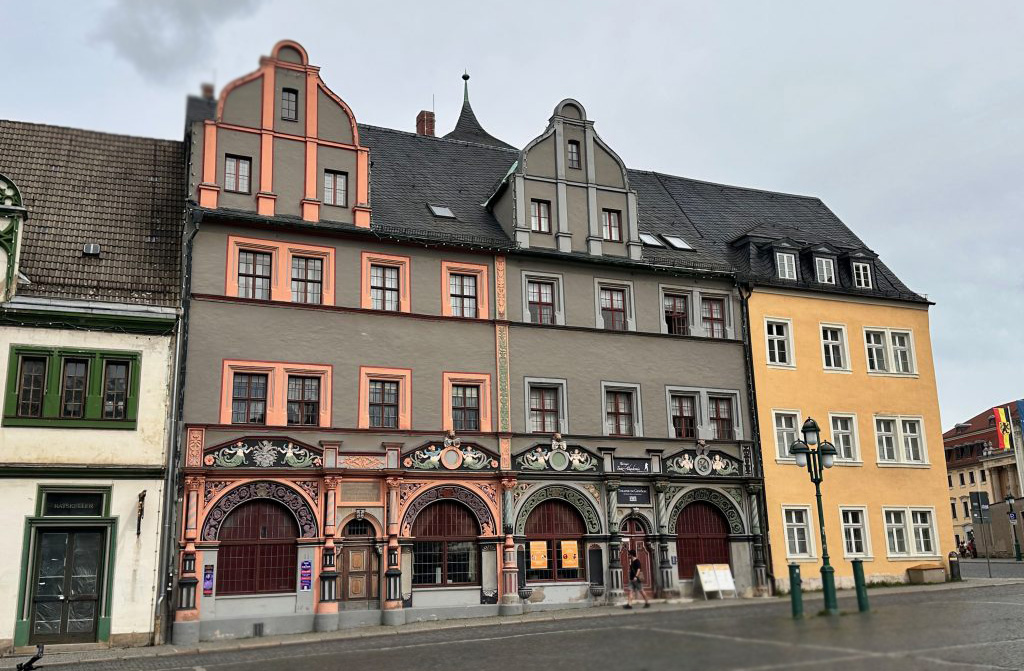
-
Marstall

-
Modernes Weimar: Neues Bauen am Horn

-
Neue Weimarhalle
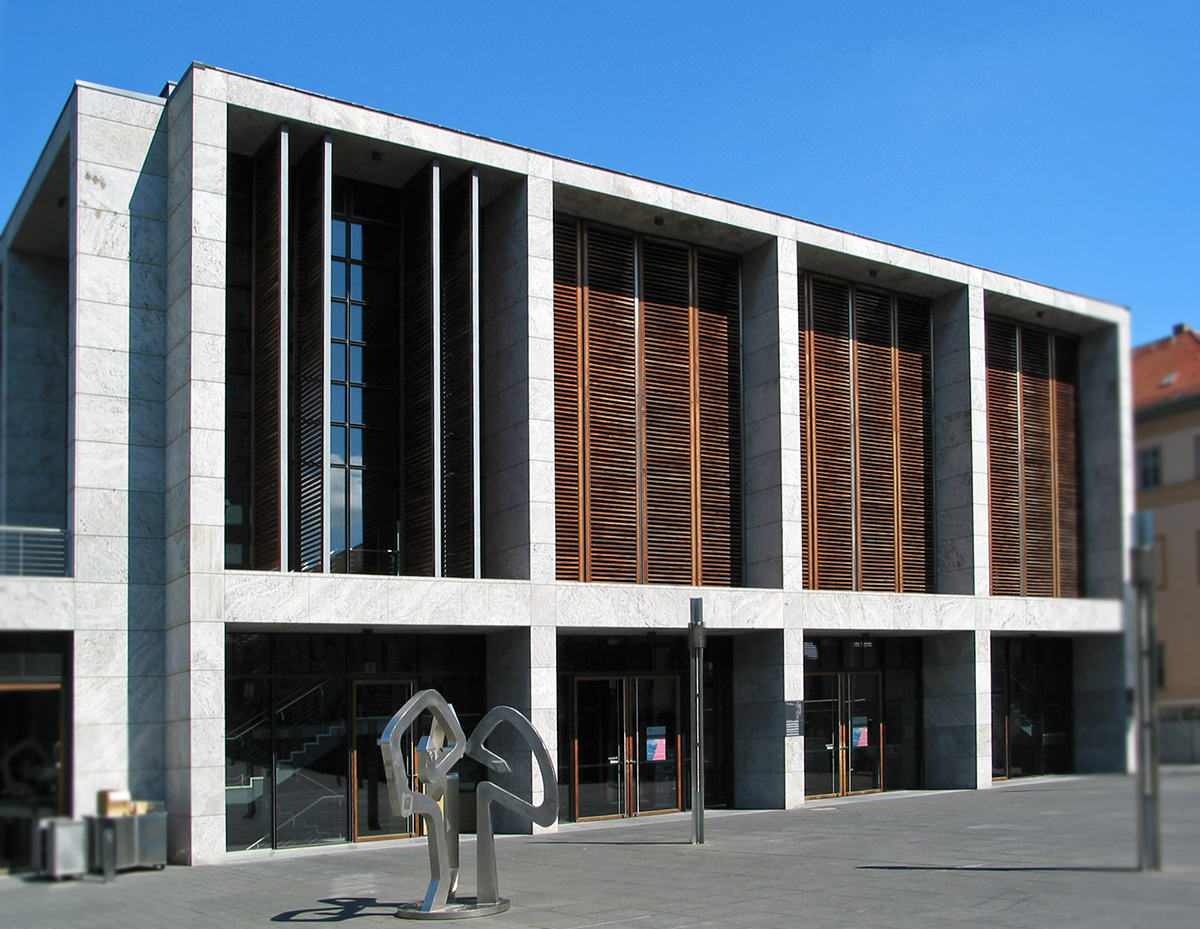
-
Neues Museum

-
Parkhöhle

-
Platz der Demokratie (Fürstenplatz)

-
Platz der Demokratie, Anna Amalia Bibliothek
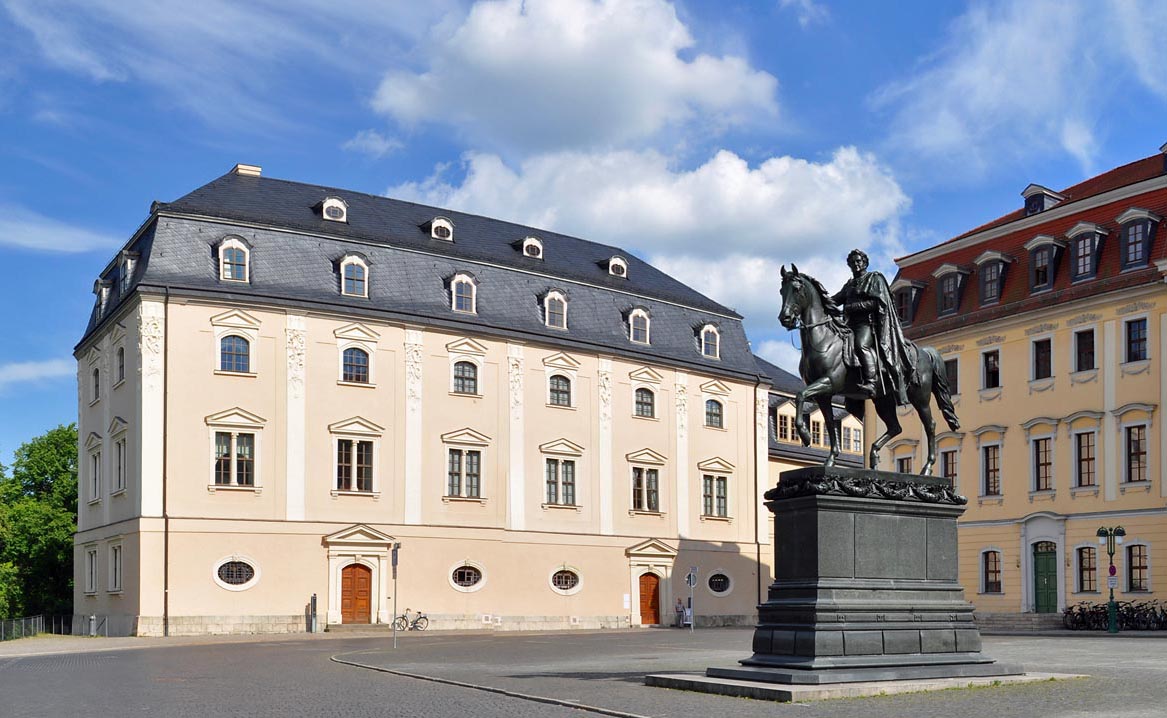
-
Rathaus
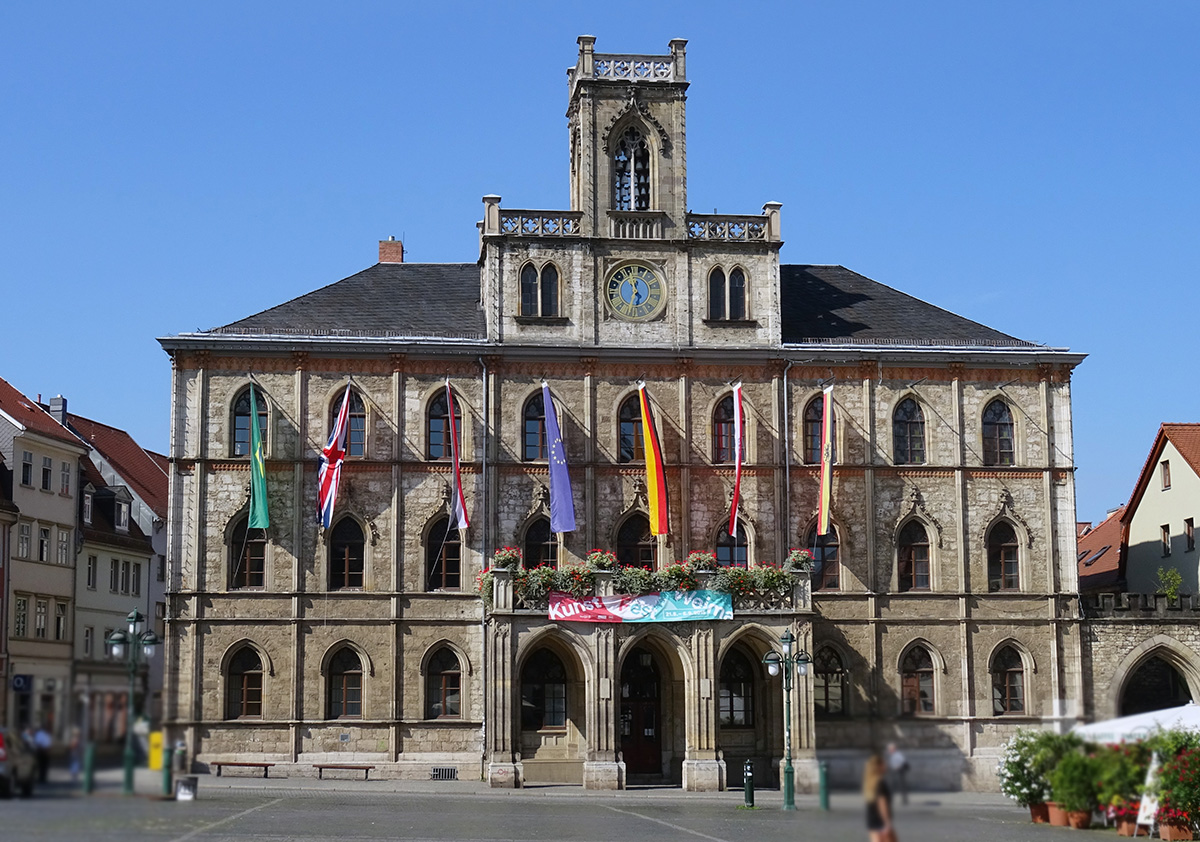
-
Reiterstandbild Carl August

-
Römisches Haus (Carl August)

-
Schloss Belvedere

-
Stadtmuseum
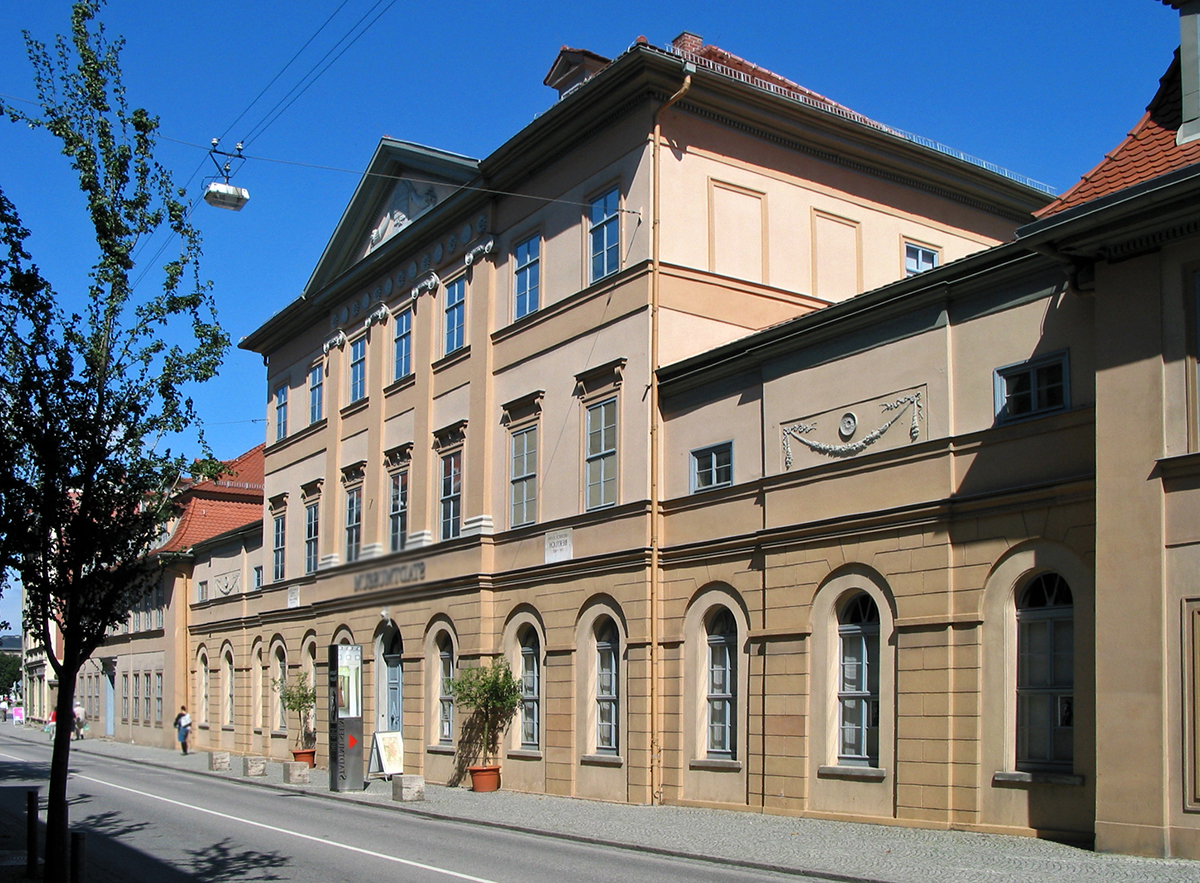
-
Stadtschloss
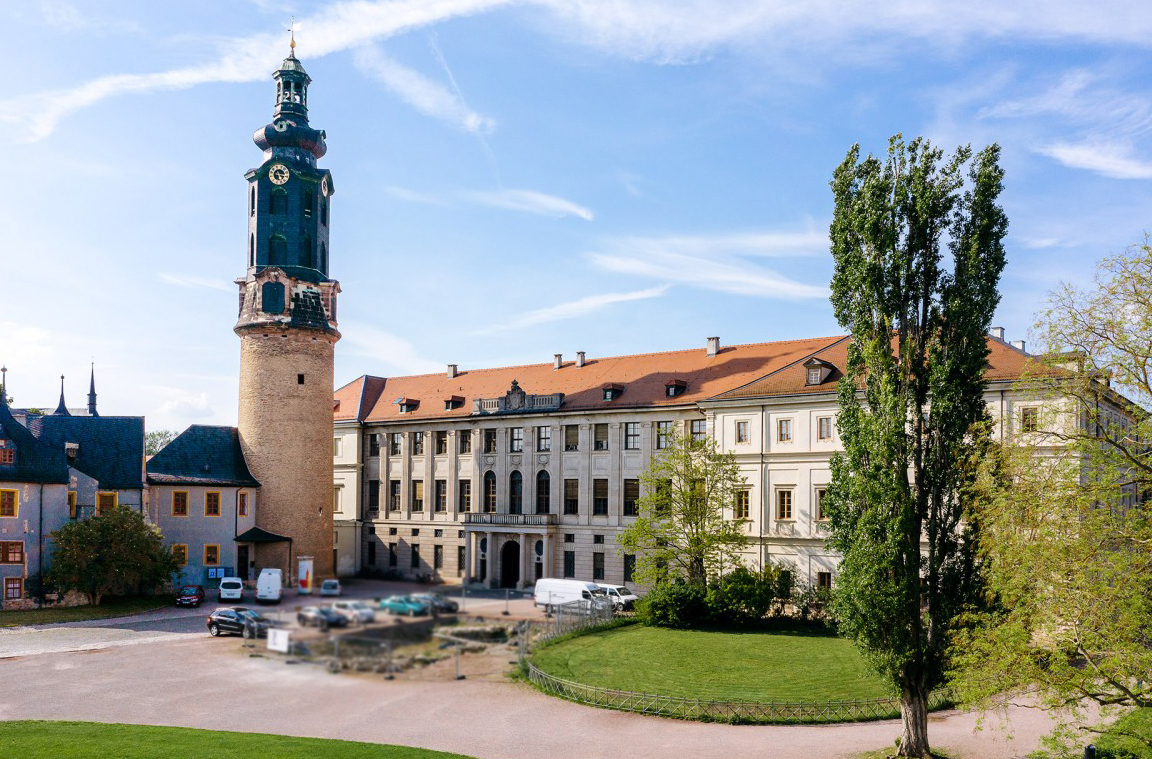
-
Standort Neues Bauhausmuseum

-
Villa Altenburg
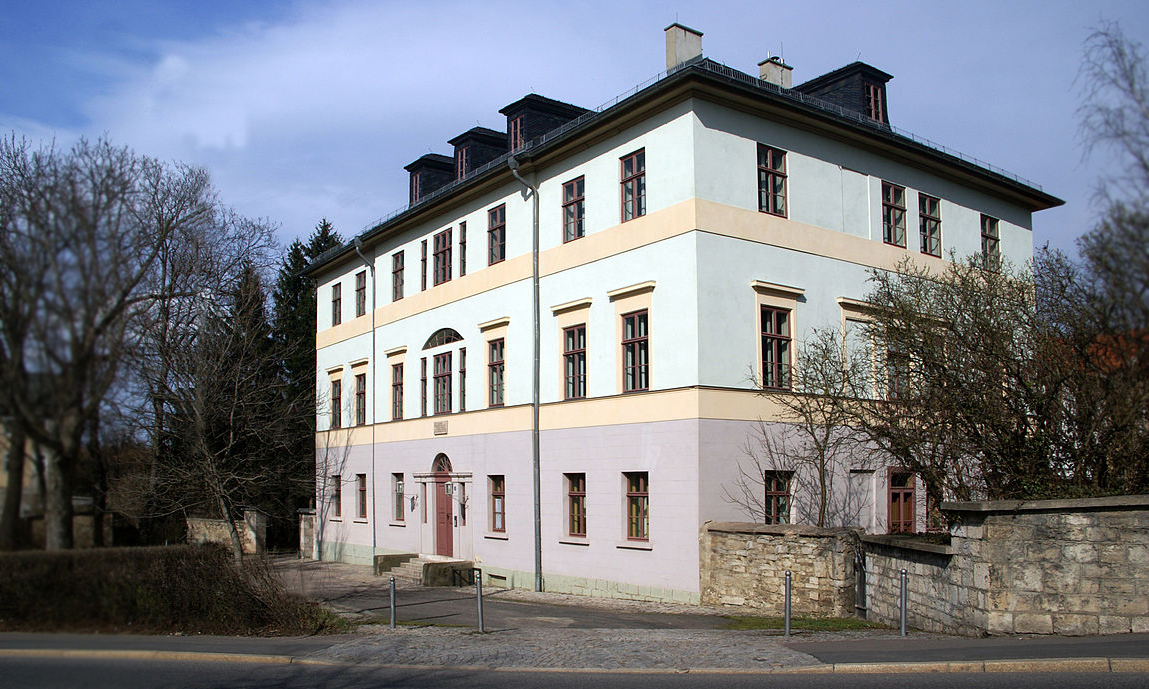
-
Welscher Garten

-
Wielanddenkmal
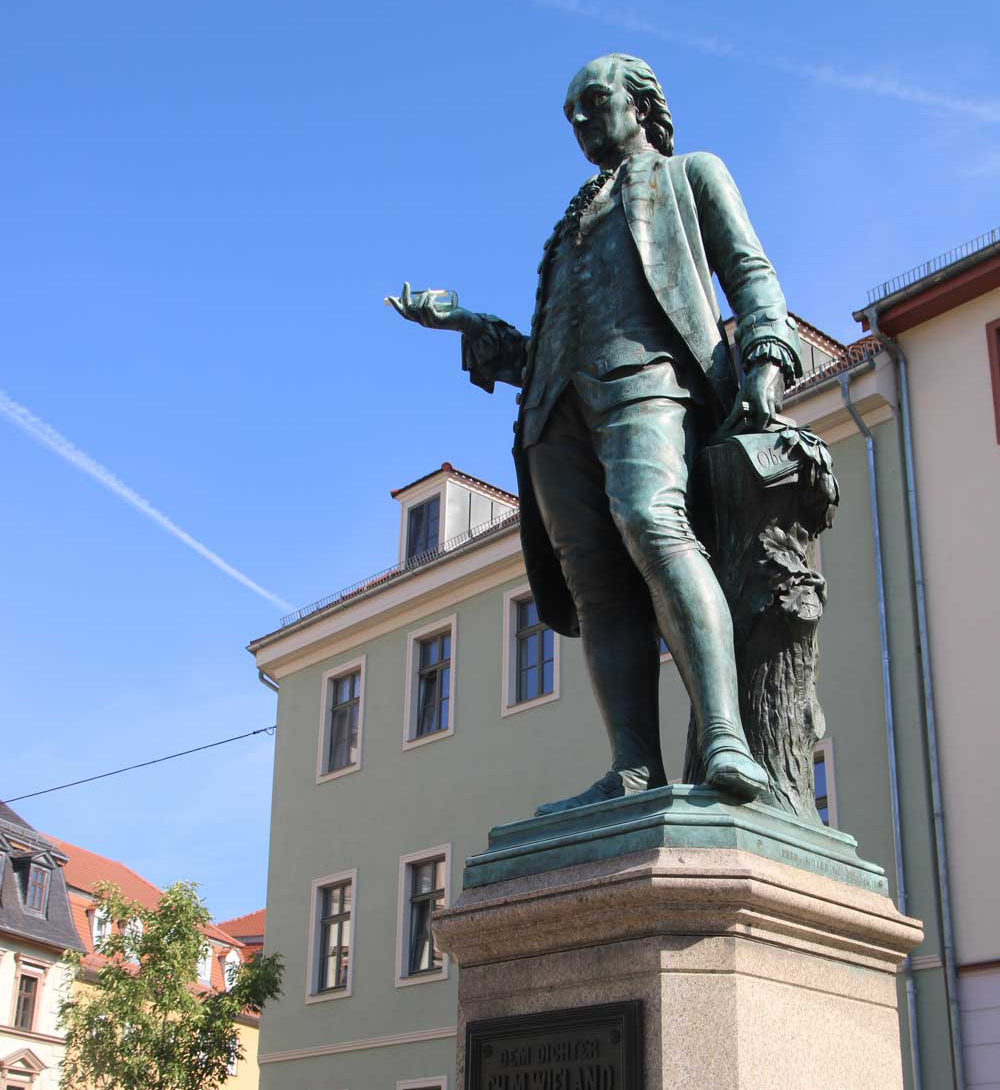
-
Wittumspalais
